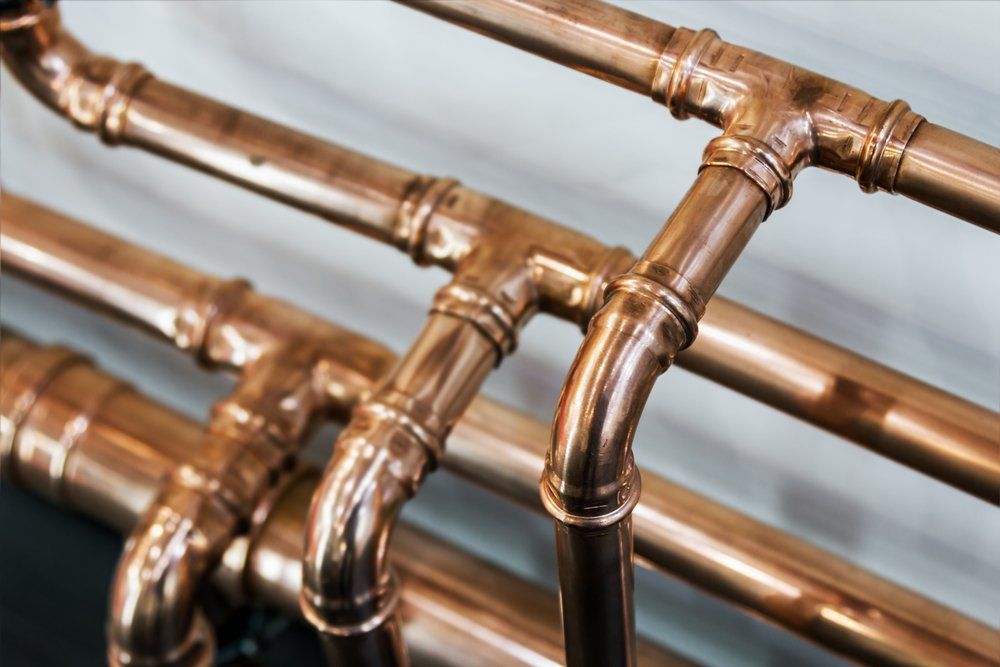Do You Need Your Whole House Repiped? Here’s What You Need to Know About Repiping
- By Admin
- •
- 16 Jul, 2019

Like other systems throughout your home, your plumbing is bound to wear out over time. Eventually, you’ll need to replace the pipes, which is known as repiping. To ensure your plumbing continues to deliver hot and cold water and drain water and sewage
appropriately, the right pipes matter. Today’s materials are capable of lasting anywhere from 24 years to 80 years. Most often, older homes undergo repiping, but occasionally a severe plumbing issue will make repiping necessary in newer homes as well.
Signs You Need Repiping
- Low Water Pressure – If your home’s water supply is great for a time and then trickles out, you may need repiping services. Often, low water pressure occurs because of rust or mineral build up within the old pipes. The only answer is to put in fresh pipes.
- Outdated Pipes – A sure sign that you could benefit from whole house repiping is if your home was built before 1970. Back then, pipes were galvanized, which was thought to be rust resistant, but that’s not the case. These pipes rust quickly and lead to restricted water flow.
- Leaks – A leak can occur at any given time in your home. However, some leaks are caused by outdated pipes that sag or are corroded.
- Recurring Clogs – A recurring clogged drain can put a halt to your entire plumbing system. If the problem persists or you endure regular clogs, something has to give. A new pipe may be the only solution.
What You Need to Know About Repiping
Your plumbing has a limited lifespan. Sure, most are up to 80 years. However, as pipes near the end of their lifespan, you’ll start to notice a number of common issues. Repiping brings about countless benefits, from increasing the value of your home to reduced monthly water bills, increased water pressure, and better quality drinking water.
Overall, the piping process is simple.
- Water lines within the home are turned off and drained.
- Furniture and flooring is covered to protect them during the new pipe installation.
- Fine cuts are made in the drywall where the plumbing is located.
- The old pipes are cut and removed, while new pipes are installed and connected.
- The water is turned back on to test the new lines for leaks.
- If leaks are detected, they are resolved.
- When all is done, the drywall is resealed, painted, and the job is finished.
For whole house repiping to resolve your plumbing woes, contact bluefrog Plumbing + Drain of Northwest Houston. You can reach us at an hour by calling 246-222-5262!





